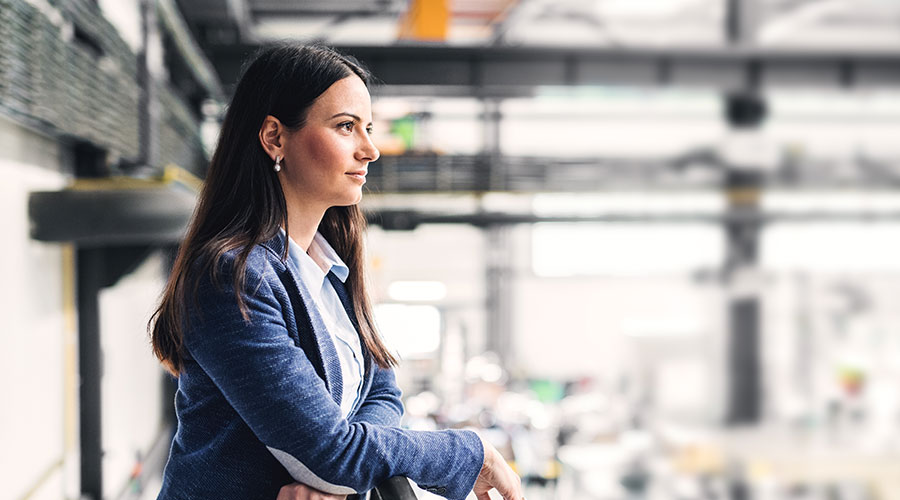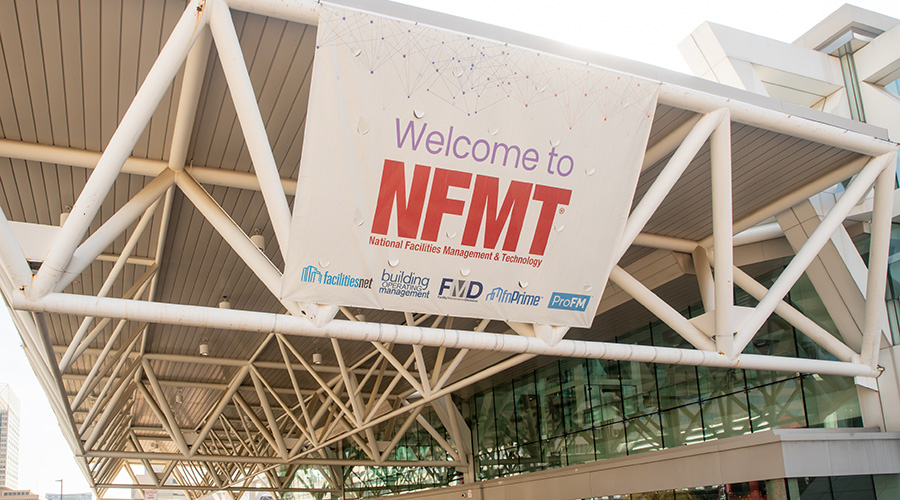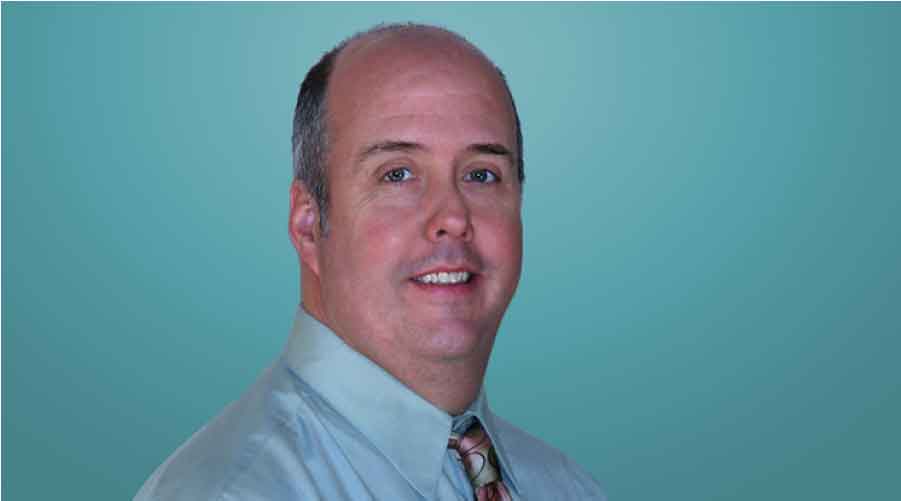Managers Discuss Successful Recycling Programs
By Chris Matt, Managing Editor - Print & E-Media
OTHER PARTS OF THIS ARTICLEPt. 1: This Page
*Cricket Koch, Director, Purcahsing, Warehouse, Duplicating, Mail Center, Lodi (Calif.) Unified School District
*Chuck Thorell, Manager of Environmental Services, Evergreen Hospital Medical Center, Kirkland, Wash.
*Ruth Daoust, Manager, MSU Surplus Store & Recycling Center, Michigan State University (MSU), East Lansing, Mich.
Reduce. Reuse. Recycle. These three Rs have become mainstays on signs and promotional materials inside commercial and institutional facilities. As recycling and waste-reduction initiatives continue to ramp up, managers are setting recycling priorities and creating accountability among occupants and staff to accomplish green goals.
What first steps did you take in setting priorities for your recycling program?
DAOUST: From 2006 until now, we have had the support of the administration, which a lot of schools do not. We had the OK to build this new facility that houses surplus, recycling, and storage operations. We're unique across the country in this type of facility. When you're looking at the priorities, we want to collect whatever is going to give us the biggest bang for our buck, as well.
THORELL: For someone starting up, I think there are two key things. One, you need to find out what is your local municipality's waste hauler. What are they going to provide for you? (Two), I think it's key to get someone from your administrative team to be a sponsor of your green team or whatever you're calling your recycling efforts.
KOCH: Our first step was to determine where we were currently so then we could set goals. From January 2007 to December 2007, the average district-wide diversion was 33 percent. This includes 35 elementary schools, six middle schools, six high schools and all support departments. In April 2008, the Lodi Unified School District (LUSD) Board of Education recognized Earth Day for the first time and established a goal of 40 percent district-wide diversion by June 2009. Our hauler, California Waste Recovery Systems, keeps on top of new and changing technology, which opens up opportunities to recycle more and new material. LUSD's district-wide diversion for the calendar year 2009 was 45.3 percent.
Can you talk about the procurement process and its impact on recycling efforts?
KOCH: The budget crisis has forced us to review our current purchasing procedures and find ways to not only reduce but reuse and repurpose. The warehouse reuses cardboard boxes to ship items out to sites and departments. Unused or unwanted furniture is evaluated to be reused or repurposed instead of buying something new. On new school projects, most of our furniture is delivered blanket-wrapped instead of packaged.
DAOUST: The purchasing department helps all departments. We also work very closely with our Food Stores director when she's looking at changing materials to be used for to-go (food), like coffee cups, soda cups, and fast-food containers. (Food Stores) met with us and asked what is going to work best for downstream. In the past, a lot of departments worked in silos. After we started this environmental-stewardship initiative, the culture changed, and we ask, "How do we help each other?" That communication is huge.
THORELL: There's lots of packaging that comes into (the medical center). It would seem like best-case scenario to base some of your purchasing decisions on whether the manufacturer is willing to reduce some of that packaging. I don't think our green team has got to that level of basing purchasing decisions on how green the packaging is.
What steps do you take in negotiating contracts for hauling collected, recyclable materials?
THORELL: The City of Kirkland (Wash.) has a contract with Waste Management. Waste Management is the only game in town, so it's difficult to negotiate. But we were able to negotiate them placing a 20-yard recycling container that's picked up weekly on our campus at no cost. Initially, they wanted there to be a cost associated with that, but we reminded them that we are the largest employer in Kirkland, and we're spending labor dollars to collect the recycling, and, as a partnership, it would be nice if they provided that at no cost. They were willing to do that.
DAOUST: We put out an RFI (request for information) and then an RFP (request for proposal). We had it narrowed down to four Michigan companies because we wanted to keep our business within the state. We took the vendor that offered us the most versatile and flexible plan, and they gave us the highest price for our material. For example, when the kids leave in the spring, we're dealing with anywhere between 65,000 and 75,000 pounds of carpet that come out of those rooms. We talked with the vendor, and he said, "Bail it up, and ship it down. I'll take care of it for you." So he's been very accommodating when we have challenges. But, again, they beat the best price on product, brokerage, and shipping.
What are the biggest cost considerations related to implementing a program?
DAOUST: Containers and moving the material. I know that a lot of schools will outsource that. I think, for us, it was containers and education, as well. You can put the containers out there, but if you don't have any way to educate, (the program won't work).
KOCH: LUSD has been fortunate enough to partner with agencies such as the City of Lodi and San Joaquin County Public Works. These agencies have given us the opportunity to obtain items through grants they have received to promote recycling. To name a few: more than 1,500 tubs for classroom recycling; 200 38-gallon rolling carts for California Refund Value (CRV) recycling; and 150 recycling containers/stations for CRV.
THORELL: Right now, it's the labor involved in the pick-ups. Last October, we expanded our recycling significantly in all of the office areas, and we were able to, with the help of our administrative champion, get a full, 40-hour-a-week position to do that pick-up. That's probably the biggest cost. We're talking $25,000 to $30,000 a year just to pick up all the recycling and bring it to the Dumpster.
What are the biggest barriers standing in the way of a successful recycling program?
KOCH: Comprehensive agreement for the program. There is a misconception that the program will take (a lot of) time and resources.
DAOUST: Apathy about the program. It comes back to the education and trying to nudge your neighbor down the hallway. As wonderful as faculty are, they are probably our biggest challenge. I work with some faculty members that are embracing environmental stewardship, they have it in their curriculum, and they help with the organic farms, etc. They're wonderful support, but they're the minority.
THORELL: I think it's having that person in administration who is going to champion what you want to do. There's no shortage of recycling zealots at most facilities. We can get our staff members and the end users to put materials in the proper containers. It's getting them from the containers down to the larger area. The biggest barrier is getting somebody who has some authority to be part of the effort.
What type of education needs to take place to ensure occupants play a role in the success of the recycling program?
THORELL: You need people in the offices to know where the recycling containers are. Having them well-labeled (is important) so they know exactly how to segregate. We have an Intranet, and the green team has a site on there. We're posting the monthly meeting minutes. We're posting various successes, and we'll always post the annual waste analysis. For example, in 2009, we actually recycled almost 45 percent of our total waste stream. That's information that really gets people excited that the organization is doing something about recycling, and they can help.
DAOUST: You've got those who are apathetic who don't care how much education they get. Then you have those who are your biggest proponents, and they're the cheerleaders. And then you have the fence sitters. And that, to me, is where the education and support comes into play. If you put the containers out there, it doesn't mean people will use them. And the education has to be sustained because on college campuses, people are so transient.
KOCH: We have found that face-to-face meetings work best, rather than something in writing. A quick, 5-10-minute session at a regular-scheduled meeting of all the occupants ensures that everyone is reached at the same time and with the same information. Colorful, eye-catching signs are made and posted by recycling containers pertaining to mixed recycling, wood recycling, or recycling in the kitchen.
What are the biggest challenges related to recycling e-waste?
DAOUST: Now there's a big thing on the hard drives and copiers. Because we do have our reuse operation and surplus store, we encourage people to get (old computers and other technology) over to surplus as soon as they can. If you let it sit there, this is university money (being wasted). We're trying to be good stewards of our funding and our budgets. Don't hang on to those items so long that they become obsolete and the value is totally diminished. There also is the sensitive data piece. We try to look at certain items where we can wipe the hard drives and know that it is secure. You want to maintain that data integrity.
THORELL: The biggest challenge is on the batteries, in my opinion. Nobody right now wants to take batteries at no cost, so we have to pay to have batteries recycled. It's by the pound, and they're heavy, so it's real expensive. We use a lot of lithium batteries for bio-medical equipment. We have a pretty good e-recycling program, and our (information technology) IT department leads that.
KOCH: E-waste is centrally collected at the district's warehouse. Other universal waste, i.e. batteries and lamps, are collected at all LUSD sites and picked up for proper disposal. The biggest challenge is having the staff to pick up the items.
Related Topics:










